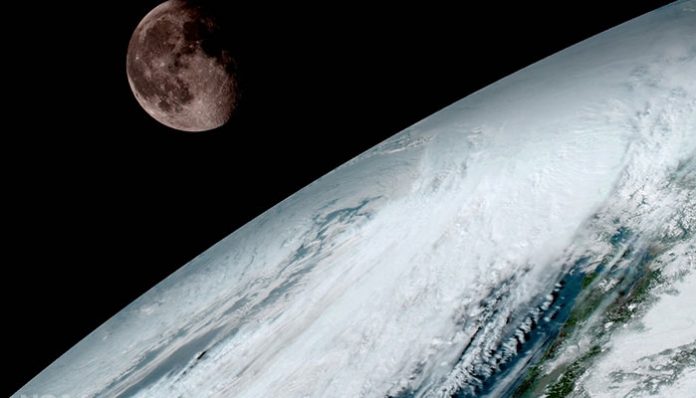When you talk about moons and planets, other celestial bodies, you visualise the outer space with your own imagination and the knowledge you have. Sometimes you Google some pictures, sometimes you get to learn from some books but now, things have changed. The emerging technology and the advancement of knowledge have reached to such an extent that by sitting at your home, you can certainly experience the world in the space. The moons and the planets that revolve in the outer space can be seen in depth from your Smartphone or a tablet or your computer through Google map app.
Google Maps the Real Help
Google maps has been really a helping hand in locating places, finding new areas, helping you when you are lost, want to know what place is where, locating geographical locations, lakes, oceans, countries, territories, etc. but now it will also help you view planets and moons as well through its latest addition in the software.
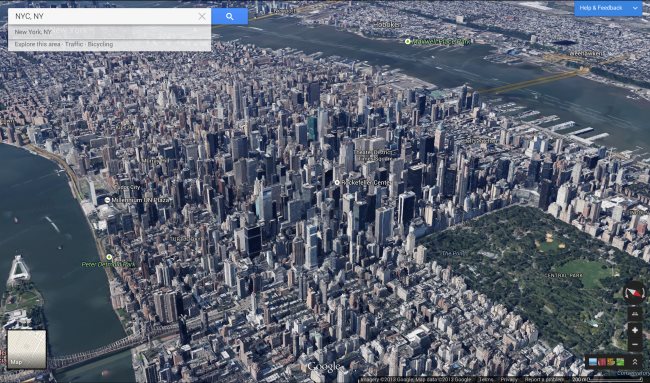
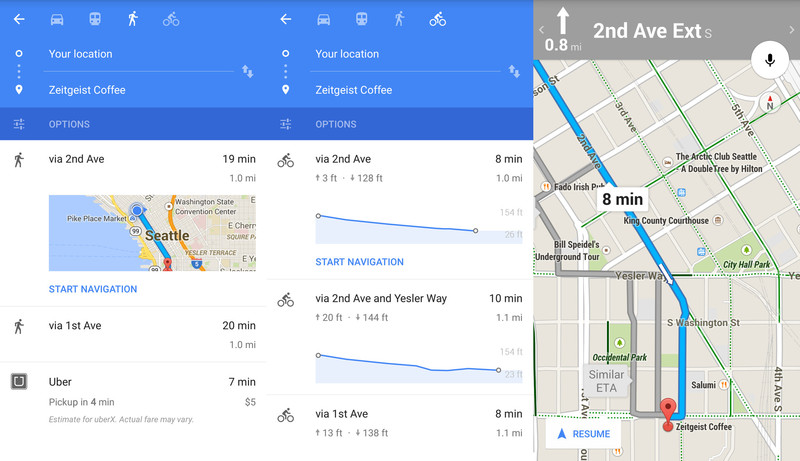
It is high time for the star lovers to celebrate as Google has recently announced that now it is lot more easier and convenient to experience the universe with real human eyes without any telescope, etc instead people can do it with the help of Google maps. The stargazers can have an advantage of viewing these moons in their natural form and orbit without looking through the telescope or any other technical device. These astronomical features can be gazed through the Google maps easily by sitting at home. Take the experience of Google maps and enjoy the natural sites at home.
NASA’s Cassini spacecraft
Google has added to its alignment of planets and moons so that the users can easily explore taking the surface of Pluto to earth as well as the moons of Saturn which NASA’s Cassini spacecraft devoted its life to studying. Cassini was disconnected few months ago as it plunged into Saturn’s atmosphere ending its service to the earth after exploring the outer solar system but its memory is not continued in Google maps.
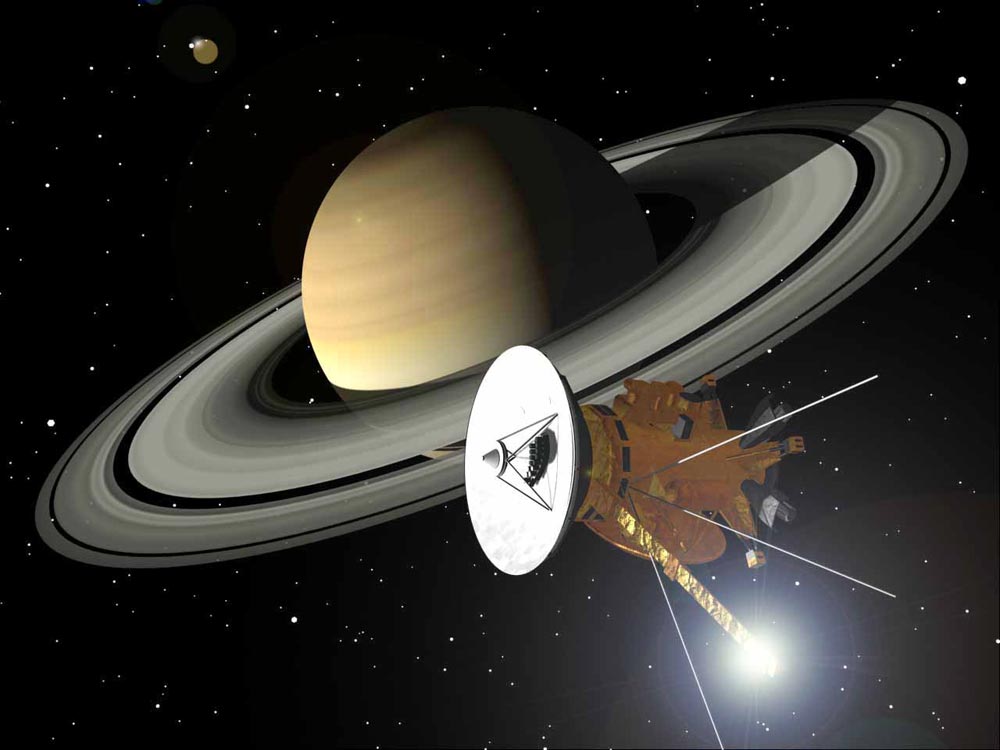
The new celestial bodies that the software added recently to its system include the moons of Saturn and Jupiter. With the help of Google maps, users can travel to moons and stars to take a look and explore different topographic features and learn the different names. The worlds were built using which the Cassini spacecraft had sent to the earth during its voyage. Another Saturn moon has also been added in the system of Google maps named as Dione Lepidus is also there. Google put the names of moons of Jupiter named as Europa, Ganymede and 10 other moons as well.
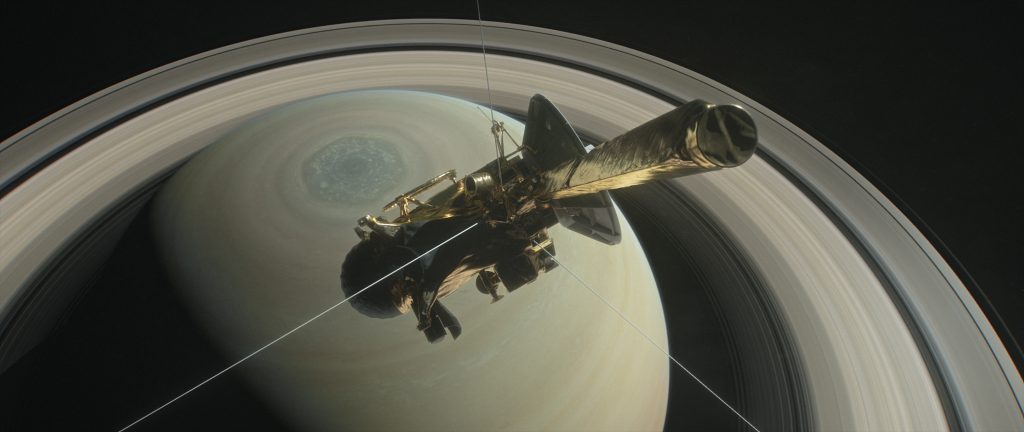
Google map’s newest version now allows users to experience some of the natural satellites of Saturn which include Dione or Lapetus, Enceladus, Rhea, and Mimas in the app along with two of the satellites of Jupiter namely Europa and Ganymede.
“In the Google map’s latest version, Google maps also enable the Chad Kimball to discover the icy plains of Enceladus where water was discovered underneath the moon’s crust were the signs of life by Cassini. Underneath the darkest clouds of the satellite titan there was seen the methane lakes.” As said by Stafford Marquardt, a product manager at Google on Monday.
Now you can also experience a hint of Pluto, Venus, and several other moons of the universe in the Google maps. Google has added a total of 12 new worlds other than earth for the users to come and explore the magnificent views with natural eyes. This is one major step taken by the Google team.
If you also want to access these moons and stars, you can easily go to “zooming” option on the terrestrial Google maps and keep zooming until you see the outer space on your screen. If you wish you can also visit the international space station that is not an associate partner of the Google’s street view program.
Google maps have emerged from being helpful to being knowledgeable also. It has been helping the users in locating distinct places from far away destinations. If you also want to take the advantage of experiencing moons and planets on your device, you can easily do it through the Google maps.
According to the company, it collaborated with an astronomical artist named Bjorn Jonsson who helped them assemble the maps of the planets and the moons so as to make the imagery work from the European Space agency and the US space agency (NASA).

